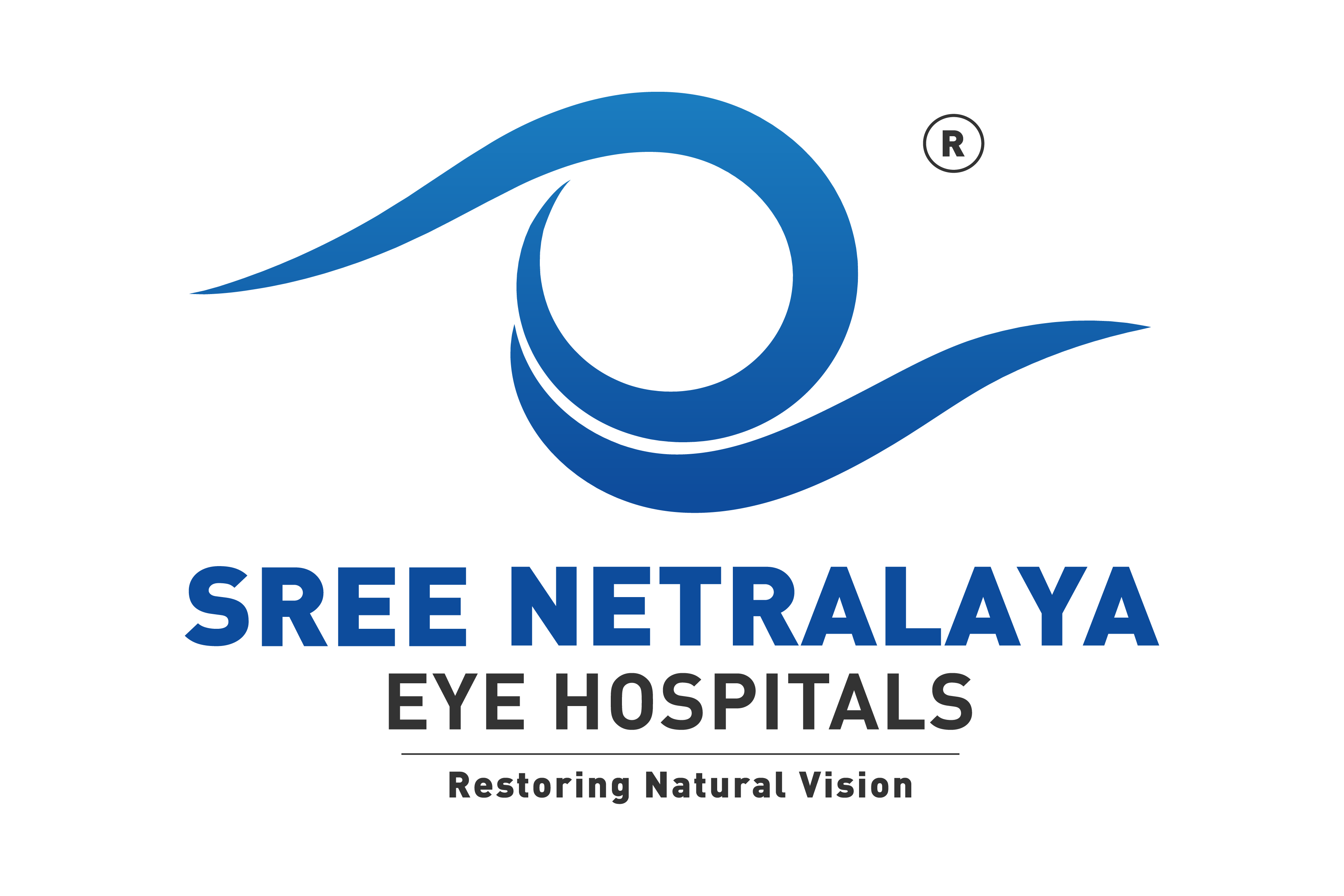WHAT IS A LASIK :
LASIK, or Laser-Assisted In Situ Keratomileusis, is a popular surgical procedure to correct vision problems like nearsightedness, farsightedness, and astigmatism. During LASIK, a laser is used to reshape the cornea, the clear front part of the eye, to improve the way light rays enter the eye, thereby enhancing vision. The procedure is quick, usually taking about 15 minutes per eye, and is performed on an outpatient basis. LASIK is known for its rapid recovery time, with many patients experiencing improved vision almost immediately. While LASIK is generally safe and effective, it may not be suitable for everyone, and potential risks and benefits should be discussed with an eye care professional before considering the surgery.
TYPES OF LASIK INCLUDE :
Laser in situ keratomileusis (LASIK) is a popular surgical procedure designed to correct refractive errors and reduce dependency on glasses or contact lenses. Here are 15 types of LASIK procedures, each with a brief description:
Traditional LASIK:
This is the standard LASIK procedure where a flap is created on the cornea using a microkeratome or femtosecond laser.
Bladeless LASIK:
Similar to traditional LASIK, but instead of a microkeratome, a femtosecond laser is used to create the corneal flap. It offers increased precision and may reduce certain complications.
Wavefront-guided LASIK :
Customized LASIK that uses wavefront technology to create a detailed map of the patient’s eye, allowing for personalized and precise corneal reshaping.
Topography-guided LASIK :
Similar to wavefront-guided LASIK, but it relies on corneal topography to map irregularities in the cornea, providing a more detailed analysis for personalized treatment.
Femtosecond LASIK :
Refers to LASIK procedures where a femtosecond laser is used exclusively for both flap creation and corneal reshaping, offering increased precision.
Photorefractive Keratectomy (PRK):
A surface ablation technique where the corneal epithelium is removed, and the underlying tissue is reshaped using an excimer laser. No flap is created in this procedure.
LASEK (Laser Epithelial Keratomileusis) :
Similar to PRK, but a thinner layer of the corneal epithelium is preserved and repositioned after the laser treatment.
Epi-LASIK :
Combines aspects of PRK and LASEK, involving the use of an epikeratome to lift a thin layer of corneal epithelium before laser treatment.
PresbyLASIK :
Specifically designed for individuals with presbyopia, a condition affecting near vision as people age. It can involve monovision or multifocal treatments.
Monovision LASIK :
One eye is corrected for distance vision, while the other is corrected for near vision, allowing for reduced dependence on reading glasses.
Multifocal LASIK :
Uses specialized laser profiles to correct multiple focal points, addressing both near and distance vision in a single procedure.
Custom Contoura Vision LASIK :
Utilizes advanced topography-guided technology to create a highly customized treatment plan based on the unique corneal irregularities of each eye.
Transepithelial PRK (Trans-PRK) :
A variation of PRK where the laser removes the corneal epithelium and reshapes the cornea in a single step without the need for alcohol or mechanical removal of the epithelium.
Small Incision Lenticule Extraction (SMILE) :
A flapless procedure where a femtosecond laser creates a lenticule within the cornea, which is then removed to reshape the cornea and correct vision.
Preservation of Corneal Tissue (PRESBYOND) :
A type of multifocal LASIK that aims to preserve corneal tissue, reducing the risk of dry eyes and maintaining corneal biomechanics.
It’s important to note that the specific type of LASIK recommended for an individual depends on factors such as their eye health, refractive error, and personal preferences. Patients should consult with an eye care professional to determine the most suitable LASIK procedure for their needs
